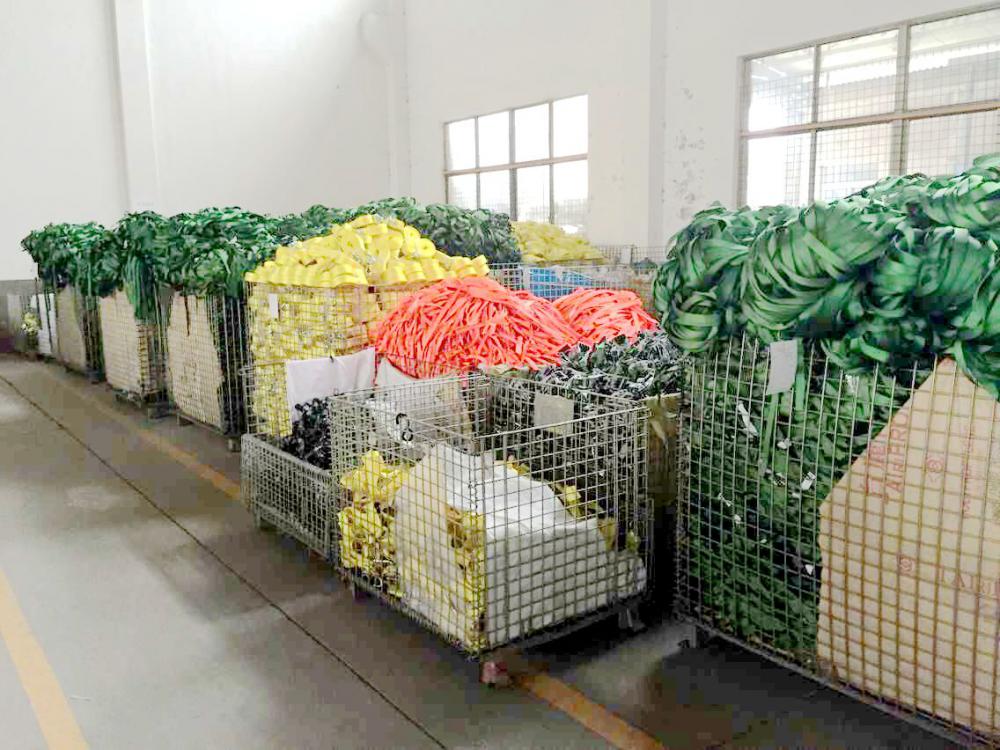Insulating strips are the core components of insulated aluminum alloy doors, windows, and curtain walls. Their application has opened up a new product category. To put it simply, the thermal-insulating aluminum profile builds upon the traditional aluminum profile by dividing the single piece into two parts, which are then joined together using a mechanical composite method. The function of the insulating strip requires it to possess both high strength and low thermal conductivity. If these qualities are lacking, it could lead to significant quality issues for the insulated aluminum alloy doors, windows, and curtain walls—either through joint failure between the aluminum profile and the insulating strip (due to insufficient strength) or by negating the intended thermal insulation benefits (if the strip has high thermal conductivity). Therefore, the performance of the insulating strip must be thoroughly evaluated: First, the appearance: The entire thermal-insulating strip should be smooth and flat, free of shrinkage cavities, looseness, scratches, or extrusion marks. When held up to the light, the material should exhibit a unique luster due to the mineral content (such as glass fibers). Additionally, the ends of the strip should lack any parting line marks. Second, dimensional accuracy: The dimensional deviations across various sections of the same batch or between different batches of the same insulating strip should be less than 0.1 mm. Any deviation exceeding this threshold might compromise the stability post-completion of the composite process, leading to internal torsional stress. This could, in turn, cause the insulated profile to deform over time, affecting the quality of the finished doors and windows. Third, material properties: 1. Load deformation temperature: This refers to the temperature at which a sample begins to deform under a specific load. Different insulating strips may vary significantly in their load deformation temperatures, reflecting their heat-resistance capabilities. 2. Thermal conductivity: As a metallic window frame material (like aluminum alloy or stainless steel), the thermal conductivity is typically high, which accelerates heat transfer between indoors and outdoors. This is counterproductive to maintaining indoor temperatures during summer and winter. Lower thermal conductivity in the insulating strip material enhances its insulation effectiveness. 3. Linear expansion coefficient: For aluminum alloy doors and windows and curtain wall insulation systems, the material’s linear expansion coefficient must align closely with that of aluminum to prevent separation between the insulating strip and the metal due to thermal expansion and contraction. Fourth, the mechanical properties of the product: 1. Lateral tensile strength: In regions with significant seasonal temperature differences, the inner and outer cavities of the insulated profiles experience varying degrees of thermal expansion and contraction. These forces generate lateral tension in the middle section of the insulating profile. If the lateral tensile strength of the insulating strip is inadequate, it may fracture, leading to quality issues in the insulated profile. 2. Longitudinal tensile strength and elastic modulus: The longitudinal tensile strength represents the mechanical properties of the thermal-insulating strip along its length. The elastic modulus is a key indicator of material performance, representing the material's stiffness. A higher elastic modulus results in less elastic deformation under stress, making the material more rigid. 3. Impact strength: When subjected to dynamic loads, the material’s impact strength (toughness) becomes crucial. A higher impact strength ensures better durability during assembly and usage, enhancing the overall reliability of the insulating strip. This article is sourced from [original source].
We are a polyester maker,literally you can source almost all kinds of polyester webbings from us.And also some polypropylene materials.
The webbings we make usually are for either cargo control products or outdoor harnesses,which apperantly are all stronger than usual fabric materials.
In this category,we mainly focus on the raw materials or some OEM strapping,such like special camoflague straps,toddler walking straps,PP belts,etc.
If you have any interest in these stuff,an one-minute inquiry would be more than welcome!

Pp Material Strap,Pe Material Strap,Toddler Walking Strap,Polyester Material Strap
WINNERLIFTING SAFETY EQUIPMENT CO.,LTD. , https://www.winnerlifting.com
